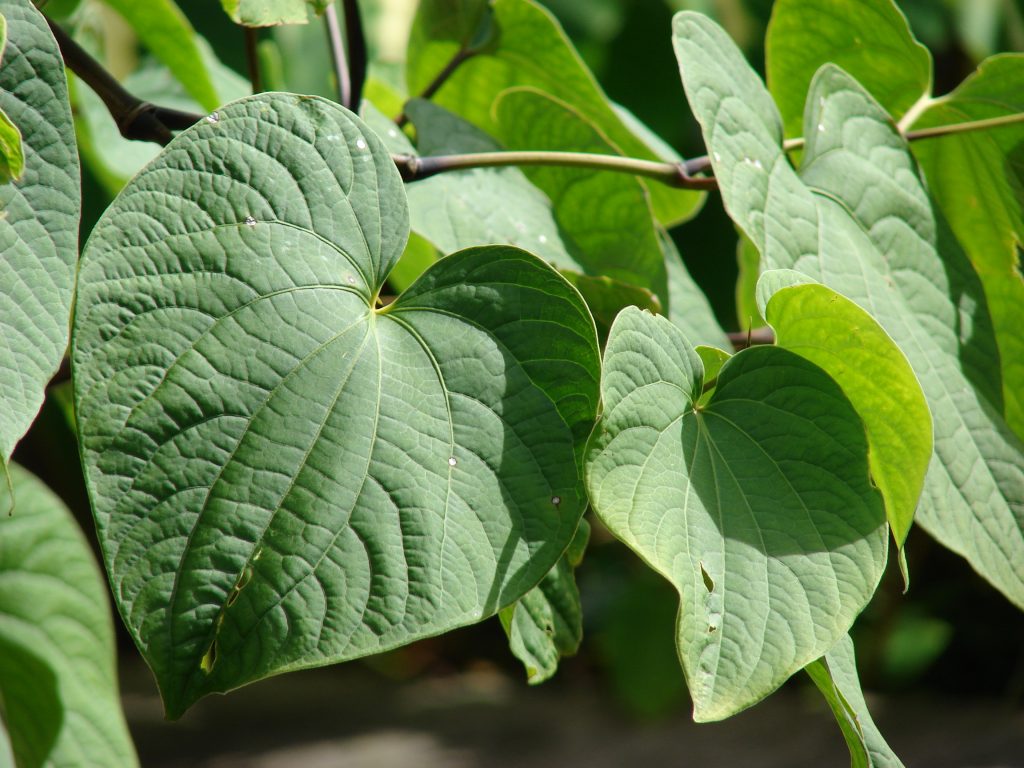 Kava (Piper mythysticum) is herb used as a traditional social drink. This use stems from the ability of kava to induce relaxation in the consumer. It is thought that this effect is derived from the presence of kavalactones in the herb. The kavalactones may induce chemical changes in the brain that include activation of the GABA system, and this may cause relaxation. Kava was prohibited from sale in the United Kingdom in 2003, and Germany one year previously, because of fears over the possible hepatotoxicity (liver toxicity) caused by the kavalactones. There are claims that around 100 cases of hepatotoxicity occurred in individuals taking kava. However, it is not clear if any of these cases relate to the presence of the kava, or were caused by other factors. In fact, analysis of the data by some researchers showed that only 14 cases showed up as probable in terms of their link to the consumption of kava. This means that the probability of obtaining liver damage may be as low as 1 in 60 to 125 million kava doses.
Kava (Piper mythysticum) is herb used as a traditional social drink. This use stems from the ability of kava to induce relaxation in the consumer. It is thought that this effect is derived from the presence of kavalactones in the herb. The kavalactones may induce chemical changes in the brain that include activation of the GABA system, and this may cause relaxation. Kava was prohibited from sale in the United Kingdom in 2003, and Germany one year previously, because of fears over the possible hepatotoxicity (liver toxicity) caused by the kavalactones. There are claims that around 100 cases of hepatotoxicity occurred in individuals taking kava. However, it is not clear if any of these cases relate to the presence of the kava, or were caused by other factors. In fact, analysis of the data by some researchers showed that only 14 cases showed up as probable in terms of their link to the consumption of kava. This means that the probability of obtaining liver damage may be as low as 1 in 60 to 125 million kava doses.
In fact safety studies investigating the effects of kava have found no toxicity in patients taking 120 to 150 mg kava extract per day. Further kava has been used for centuries by South Pacific islanders as a social drink with no apparent cause for concern. One factor that may affect the safety is the method of extraction. Water extracts as a decoction appear to be safe, here as solvent extract may be related to a higher cytotoxicity. As certain supplements may extract kavalactones with solvents such as ethanol or acetone, this may explain discrepancies. However, even this is not clear as this work was based on cell culture studies or animal studies and so may not be applicable to human real world systems. Another problem with the hepatotoxicity theory of kava is that no mechanism is known by which kava could cause toxicity. This does not mean that one is absent, but it calls into question the theory because the hepatotoxicity could relate to other factors. It could be that very high doses of kava are required, but this is also not clear.

Kava root is used as a social drink by South Pacific Islanders as an alternative to alcohol in social gatherings and ceremonies. Kava is made by decocting the dried root in hot water. Empirical evidence suggests that kava is safe, but it was banned in many European countries over hepatotoxicity concerns. Image is Piper mythysticum. Image from: Forest & Kim Starr, CC BY 3.0, https:// commons.wikimedia.org/ w/ index.php?curid=6171953.
There is also some contention about the hepatotoxicity of certain constituents of kava. For example, flavokavin B and pipermethystine have been shown to exert cytotoxicity in some studies, but others have shown them to be cytoprotective. Also it is worth pointing out that it is possible to prove cytotoxicity in vitamin C if the concentration is high enough in relation to the cell. This proves nothing other than vitamin C is an acid. Similar misinterpretation of the data may be evident in the case of flavokavin B and pipermethystine. Certainly in animal studies the kavalactones in kava show very little cytotoxicity in animals. Another possibility is that kava interacts with pharmaceutical drugs or other compounds and this interaction is required for the cytotoxic effects to become apparent. Many researchers have concluded that the ban on kava was an emotional or business decision, rather than one based on science. One thing is clear, kava is a highly efficient anxiolytic and one that is superior to most known pharmaceutical compounds.
Eat Well, Stay Healthy, Protect Yourself
RdB
